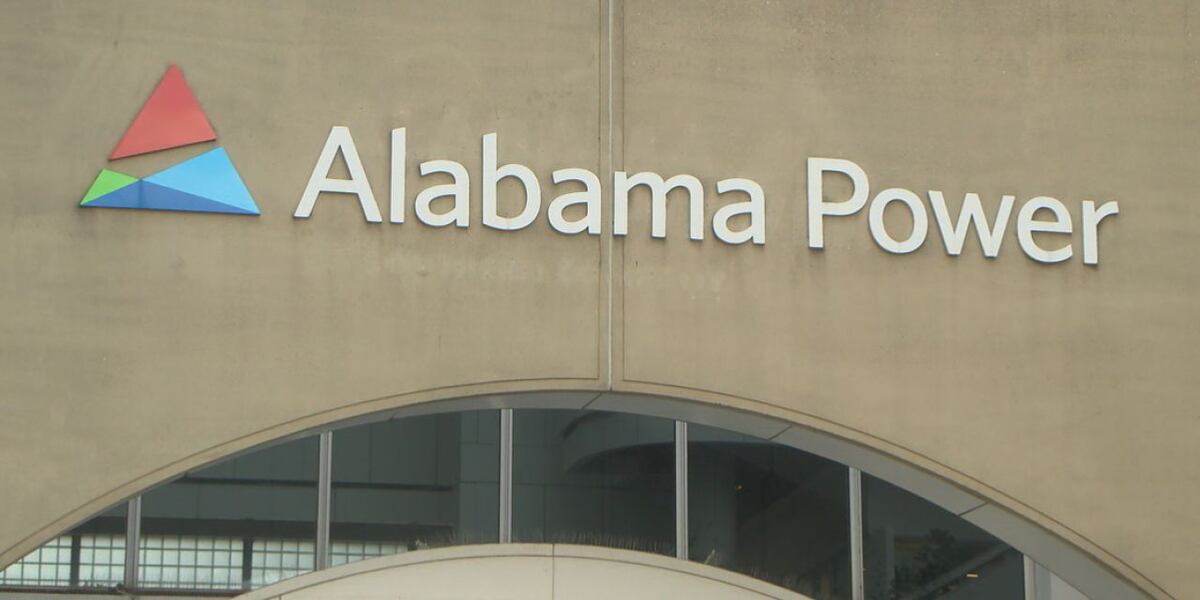New Orleans Jail Escape: Facial Recognition Tech Use Sparks Controversy and Questions of Oversight

The search for escaped inmates from the New Orleans jail has brought intense scrutiny to the New Orleans Police Department's (NOPD) use of facial recognition technology. A recent investigation by The Washington Post has revealed that the NOPD has been leveraging Project N.O.L.A.'s extensive network of surveillance cameras for over two years, tracking potential suspects in a manner that some critics argue clashes with local regulations.
What is Project N.O.L.A.? This initiative involves a city-wide network of cameras, intended to enhance public safety and deter crime. However, the Post’s report raises concerns about how this technology is being deployed, particularly in its application during the ongoing manhunt for the escapees.
The Core of the Controversy: Compliance with Local Ordinance The investigation highlights a potential disconnect between the NOPD's actions and the city's established ordinances governing the use of facial recognition. According to the report, the police department's practices appear to exceed the scope permitted by these regulations, raising questions about accountability and potential overreach.
How Facial Recognition Was Used in the Search Authorities utilized the Project N.O.L.A. system to scan faces captured on camera footage, comparing them against databases of wanted individuals. This technology was crucial in the search for the escaped inmates, leading to several leads and contributing to the ongoing investigation. However, the manner in which this technology was employed has triggered a debate about privacy and civil liberties.
Concerns About Privacy and Potential Misuse Critics argue that the NOPD's broad application of facial recognition technology could lead to unwarranted surveillance of law-abiding citizens. There are fears that the system could be used to track individuals based on their appearance or associations, without reasonable suspicion of criminal activity. The lack of clear oversight and transparency surrounding the technology's use only exacerbates these concerns.
The Broader Implications for Facial Recognition in New Orleans This situation isn't isolated. It's part of a larger national conversation about the responsible use of facial recognition technology by law enforcement. The New Orleans case serves as a critical reminder of the need for robust regulations, transparent policies, and independent oversight to prevent potential abuses and protect individual rights. The ongoing investigation is likely to prompt a re-evaluation of the city's approach to surveillance technology and its impact on the community.
What's Next? The NOPD has yet to fully respond to the Washington Post’s findings. However, the controversy is expected to fuel calls for greater transparency and accountability in the use of facial recognition technology. Local officials are likely to face pressure to clarify the scope of the NOPD's authority and to ensure that the technology is used in a manner that respects the rights and privacy of all New Orleans residents. The outcome of this situation could have significant implications for the future of surveillance technology in the city and beyond.






